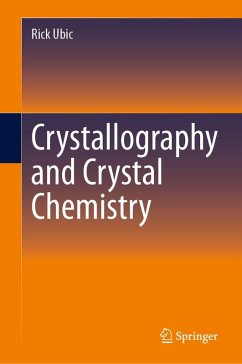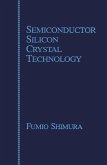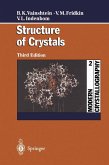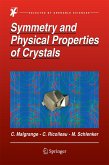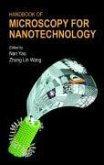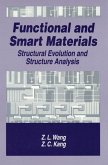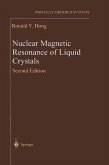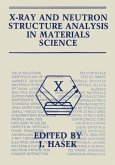This textbook introduces readers to the language, concepts, and tools of crystallography, as well as many aspects of crystal chemistry. Important topics, such as bonding, electronegativity, lattice energy, symmetry operations, crystal defects, and structure-property relationships are covered. Worked examples are included where appropriate. By uniquely combining elements of crystallography and crystal chemistry, the text is a useful and accessible resource for students across many disciplines. Chapter summaries and example problems are included to optimize use by students and faculty in both graduate and undergraduate curricula. Historical context to relevant discoveries and biographical sketches of many of the scientists involved in the development of this field are also provided to expand the student's knowledge of both solid-state science and scientists.
- Details how crystallography can be used to better understand the structure-property relationships of materials;
- Includes worked examples to reinforce topics explored;
- Provides a comprehensive examination of crystallography, crystal chemistry, and the overlap between the two.
Dieser Download kann aus rechtlichen Gründen nur mit Rechnungsadresse in A, B, BG, CY, CZ, D, DK, EW, E, FIN, F, GR, HR, H, IRL, I, LT, L, LR, M, NL, PL, P, R, S, SLO, SK ausgeliefert werden.

